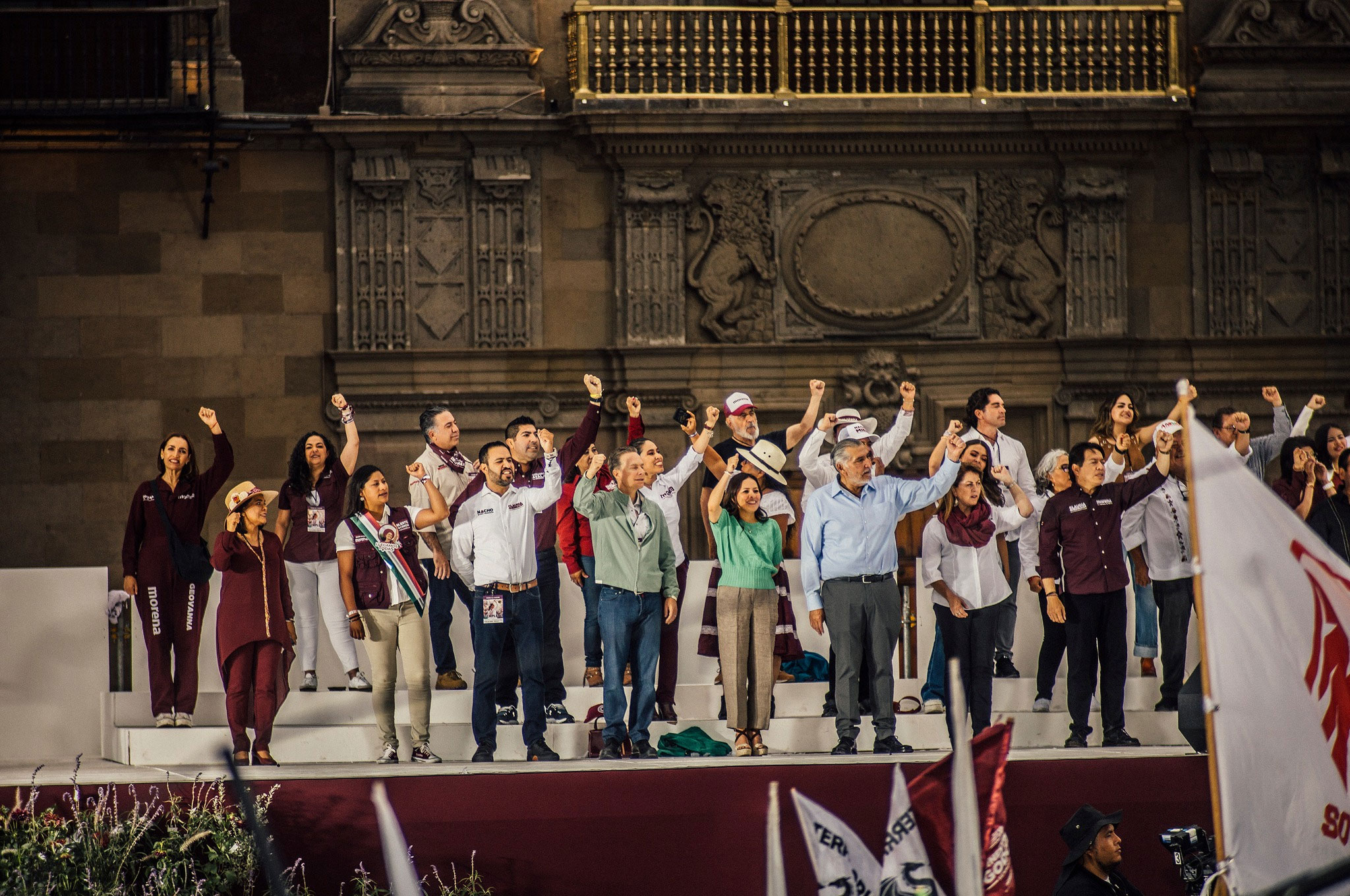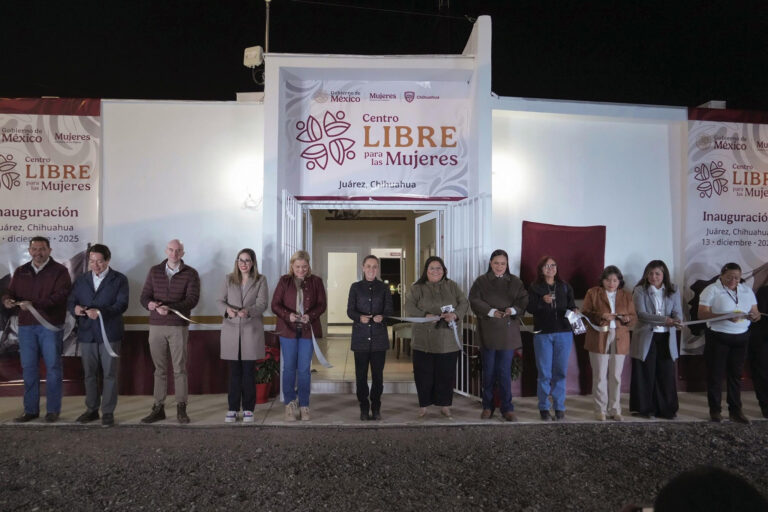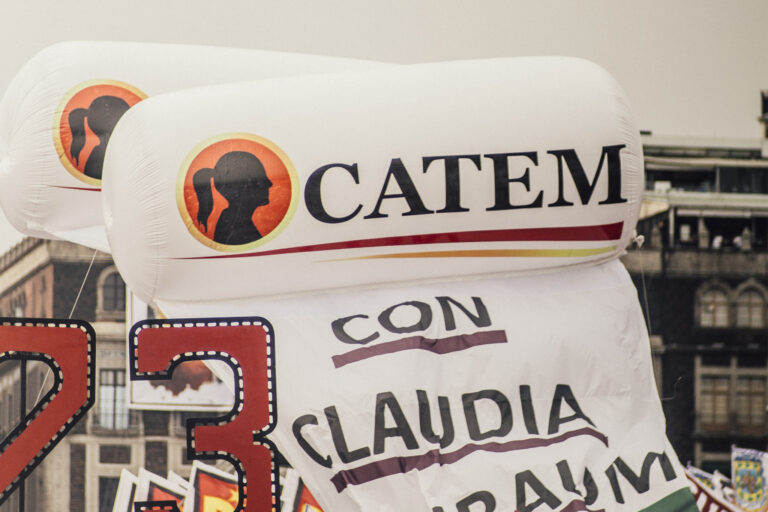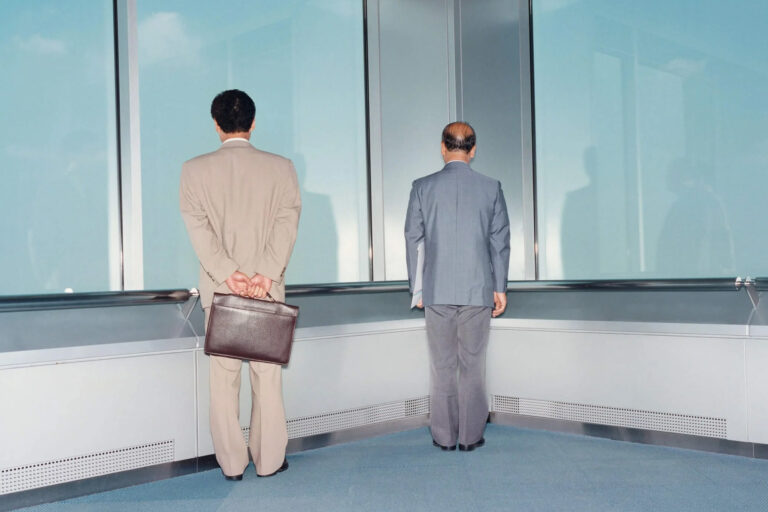What Pluralism?
This editorial by José Blanco appeared in the July 1, 2025 edition of La Jornada, Mexico’s premier leftist daily newspaper.
It seems that the idea of plurality speaks for itself. For those who hold this idea, there’s no need to search for anything: either there is plurality or there isn’t: there is nothing else. This position, however, is that of the right when they are out of power. Was there plurality in Mexico during the almost endless period of PRI domination? What was the PRI-PAN plurality all about ? Should Morena’s relationship with plurality be evaluated in the same way as we can with the PRI and the PAN?
It is necessary to distinguish between plurality as a) an expression of freedom of opinion; b) public expression; c) an expression of freedom of political organization; and d) the possibility of access to state institutions.
Under the mold of PRI domination—unchanged under the PRI-PAN regime —there was freedom of opinion, but not of public expression. This requires conditions of possibility that were severely restricted during that very long period. Certainly, La Jornada was and has been an exception, made possible during the years of nascent neoliberalism by the conjunction of diverse currents, some of which ended up in the clutches of Carlos Salinas. Many academic minds who formed a notable plurality, especially after 1968, were abducted by neoliberalism.
Morena cannot work for political pluralism in governance, but rather favor citizens with a genuine vocation for public service, those at the bottom, and cadres who effectively operate under the 4T program.
In the field of political organization, a nascent pluralism grew after ’68 thanks to the struggles of the left. Much of this gain suffered visible setbacks: it either ended up in the clutches of neoliberalism (PRD and others) or was prevented from prospering by PRI-PANism .
Regarding access to the governance of state institutions, we lived through the PRI government for nearly a century: that says it all. The PRI-PAN government was a period of that century, with increasing levels of rampant corruption. The PRI, the PAN, and the PRD, the main avenues of access to the governance of state institutions, turned their members into loyal soldiers of neoliberal corruption. There are always those who can protest and say that they weren’t the same as the vast majority; that there was no other space for public service. Let’s grant it: even if one swallow appears…
All this is relevant because some right-wing parties have recently been demanding plurality in this or that institution. It will always be necessary to keep in mind what plurality existed under the PRI and PAN regime.
Under the Morena government, the right, like everyone else, enjoys a freedom of opinion they’ve never known before. They analyze, opine, shout, insult, slander—and no one restricts them at all. And when it comes to freedom of expression, the right owns virtually all traditional media outlets—press and television—very recently counterbalanced by left-wing voices on social media and, to a lesser extent, on public television. This hasn’t meant exclusivity.
Regarding access to state institutions, as at all times and in all parts of the world, a status is established that represents a correlation of political forces. It is not surprising that Morena predominates today; this political force won the seats with citizen votes, with a political program favorable to those excluded by the PRI-PAN regime . A correlation of forces is present throughout the state, and a particular one in each public state institution. Plurality in this space is not a right, but a consequence of political struggle.
Morena, as we know, is not a politically and ideologically homogeneous organization. Within it, there are right-wing, center-left, and left-wing elements. Thus, in every state public institution, there is a correlation of formally Morena-supporting forces, combined with other, less visible but equally active, non-Morena forces. Morena must combat this plurality: this party must prevent the right-wing scheming from weakening its popular political program.
Regarding the governance of state public institutions, Morena cannot desire or work for political pluralism, in the aforementioned sense, but rather favor citizens with a genuine vocation for public service, in favor of those at the bottom, or in favor of the cadres who effectively operate state institutions under the 4T program.
It seems clear that this has not yet occurred to the extent necessary to seriously rectify income distribution and build a new standard of living for those at the bottom, one where there is food, housing, education, and healthcare, appropriate for a truly human life. In their time, the PRI and PRIAN dominated the government and did what they did in support of the neoliberal project and the interests of those at the top. That fate is buried.
Every state public institution must be evaluated in light of the criteria derived from the 4T program. In cases where things aren’t going as they should, attention must be paid to the balance of power that governs it and correct it.
-
People’s Mañanera December 23
President Sheinbaum’s daily press conference, with comments on travel across the country, ENCODAT, cardiac care, new ISSSSTE clinics, Texas navy accident, economic activity, and scrapping the video game tax.
-
Mexican Unions Formerly Affiliated with PRI are now with MORENA
President Sheinbaum has rejected corporatism and the bussing in of supporters, yet charro unions maintain a massive presence at government events in the Mexico City’s Zócalo.
-
Culture | Labor | News Briefs
Land of the Godínez: Work, Obedience & Dispossession in Contemporary Mexico
José Baroja’s satire is, in reality, pure sociology: the expression of an economic order & labour regime in Mexico that normalizes long hours, insufficient wages, constant evaluations, identity loss and the sacrifice of a personal life.




